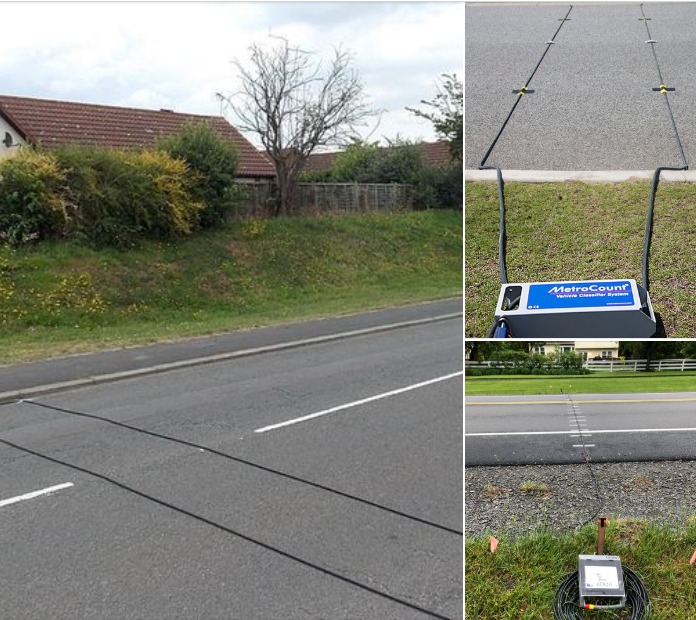The next time you’re driving down a highway or cruising through a quiet residential neighborhood, take a second to look at the road ahead. You might notice a pair of black rubber cables stretched across the pavement. They seem out of place, like someone just forgot to pick them up after a construction project.

But believe it or not, those black cables are there for a reason—and it’s a lot more interesting than you might think. Most people don’t give them a second thought, and even fewer know what they’re really for. They’re not random, and they’re definitely not something to ignore. These black tubes are actually called road tubes, and they serve a very specific and important purpose. They’re part of a data collection system used by local transportation departments, city planners, and traffic engineers to better understand traffic flow.
When you drive over them, they might not feel like much—just a soft bump under your tires—but each of those bumps tells a story. Road tubes work by using air pressure. Every time a car tire passes over the tube, it compresses the rubber and sends a small puff of air through the tube. That puff travels to a device called a counter, which records the event. If the tubes are laid in pairs, the counter can gather even more detailed data, like the direction the vehicle is heading, its speed, and even the type of vehicle—whether it’s a compact car, a truck, or a bus.
By monitoring the time between those air bursts, officials can figure out how fast a vehicle was moving and how far apart vehicles are spaced. This information might seem trivial at first, but it’s incredibly valuable for decision-makers. Traffic data collected from road tubes is used to determine peak travel times, traffic volumes, and whether certain roads are being overused or underused. It helps decide where to add stop signs, traffic lights, or speed limit changes.
If there’s ever been a time when you noticed a new traffic light go up at a previously quiet intersection or a speed limit got adjusted seemingly out of nowhere, it may have been thanks to the data gathered from these black cables. What’s great about these road tubes is how cost-effective and efficient they are.
Instead of sending out people to manually count cars or monitor speed with radar guns, these tubes can be installed and left to do their job without requiring much maintenance. Once the data collection period is complete, the tubes and counters are removed, and the data gets analyzed by professionals who use it to improve road safety and traffic efficiency. It’s kind of amazing to think that such simple-looking rubber tubes can collect such a wealth of information from just a puff of air every time a tire rolls over. And yet, they’re completely safe to drive over—you don’t have to slow down or swerve out of the way. They’re designed to be non-invasive and durable enough to withstand countless cars passing over them every day. Personally, I always wondered what those little black cables were. I used to think they might be temporary power lines or part of some construction survey.
It’s fascinating to learn that they’re actually a crucial tool in helping cities run smoother and safer. The next time you spot them, you’ll know exactly what’s going on behind the scenes. You’ll be driving over a small but mighty piece of technology quietly doing its job to make your commute better. So if you’ve ever found yourself puzzled by these black cables and never got around to Googling it, now you finally have the answer. They’re a perfect example of how simple tools, when used cleverly, can gather powerful insights without disrupting daily life. The next time someone in your car asks about them, you’ll be the one with the inside scoop. Don’t forget to share this little-known fact with friends and family—chances are, they’ve been wondering about it too.





